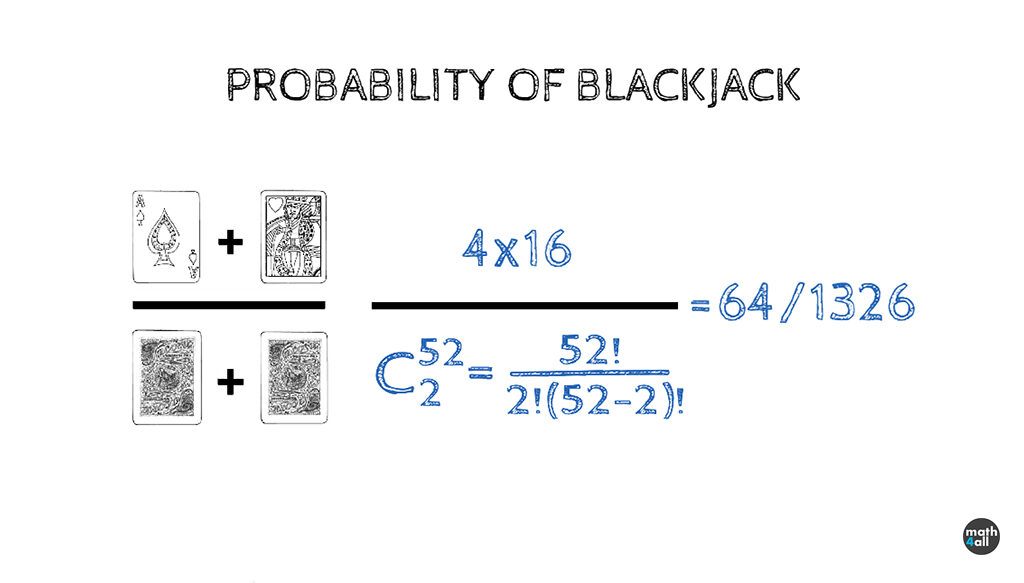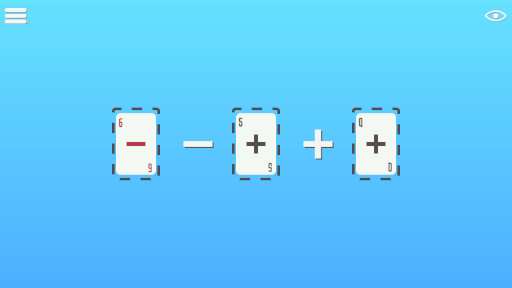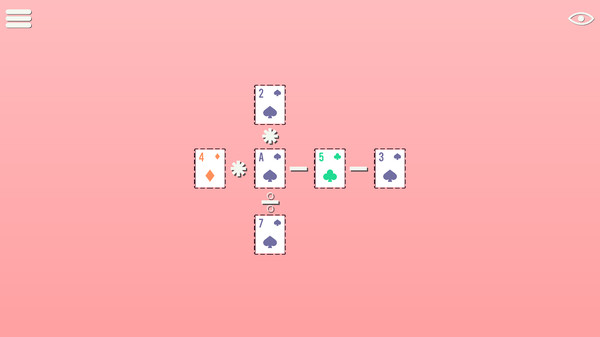Blackjack Math Game
We first present the probabilities attached to card dealing and initial predictions. In making this calculus, circumstantial information such as fraudulent dealing is not taken into account (as in all situations corresponding to card games). All probabilities are calculated for cases using one or two decks of cards. Let us look at the probabilities for a favorable initial hand (the first two cards dealt) to be achieved. The total number of possible combinations for each of the two cards is C(52, 2) = 1326, for the 1-deck game and C(104, 2)=5356for the 2-deck game.
Blackjack Math Test
- Coolmath Games is a brain-training site, for everyone, where logic & thinking & math meets fun & games. These games have no violence, no empty action, just a lot of challenges that will make you forget you're getting a mental workout!
- Blackjack is also the most researched game ever. It is also the only casino game with fluctuatingodds (or probability). The winning chance changes with the composition of the deck. This is more about blackjack mathematics than anything else.
- Blackjack: the math behind the cards 2 and Ace cards worth 1 or 11 points used at the player’s discretion. The objective of the game is receiving cards with a total point value of 21, hence giving Blackjack its nickname 21'.
Probability of obtaining a natural blackjack isP= 8/663 = 1.20663% in the case of a 1-deck game andP = 16/1339 = 1.19492%in the case of a 2-deck game.
Probability of obtaining a blackjack from the first two cards isP= 32/663 = 4.82654%in the case of a 1-deck game andP = 64/1339= 4.77968%in the case of a 2-deck game.
BlackJack Math Cross Numbers Tease your brain in this ambient logic game where you have to make the math match 21 as a result horizontal and vertically (because we're talking about blackjack, right?) Swap the cards, make the math, repeat. That's all you'll need in order to complete this game!


Similarly, we can calculate the following probabilities:
Probability of obtaining 20 points from the first two cards isP = 68/663 = 10.25641% in the case of a 1-deck game andP= 140/1339 = 10.45556%in the case of a 2-deck game.

Probability of obtaining 19 points from the first two cards isP = 40/663 = 6.03318%in the case of a 1-deck game andP = 80/1339 = 5.97460%in the case of a 2-deck game.
Cool Math Blackjack
Probability of obtaining 18 points from the first two cards isP= 43/663 = 6.48567%in the case of a 1-deck game andP= 87/1339 = 6.4973% in the case of a 2-deck game.
Probability of getting 17 points from the first two cards isP= 16/221 = 7.23981%in the case of a 1-deck game andP= 96/1339 = 7.16952%in the case of a 2-deck game.
A good initial hand (which you can stay with) could be a blackjack or a hand of 20, 19 or 18 points. The probability of obtaining such a hand is calculated by totaling the corresponding probabilities calculated above: P = 32/663 + 68/663 + 40/663 + 43/663 = 183/663, in the case of a 1-deck game and P = 64/1339 + 140/1339 + 80/1339 + 87/1339 = 371/1339, in the case of a 2-deck game.
Probability of obtaining a good initial hand isP= 183/663 = 27.60180%in the case of a 1-deck game andP= 371/1339 = 27.70724%in the case of a 2-deck game.
The probabilities of events predicted during the game are calculated on the basis of the played cards (the cards showing) from a certain moment. This requires counting certain favorable cards showing for the dealer and for the other players, as well as in your own hand. Any blackjack strategy is based on counting the cards played. Unlike a baccarat game, where a maximum of three cards are played for each player, at blackjack many cards could be played at a certain moment, especially when many players are at the table. Thus, both following and memorizing certain cards require some ability and prior training on the player’s part. Card counting techniques cannot however be applied in online blackjack.
The formula of probability for obtaining a certain favorable value is similar to that for baccarat and depends on the number of decks of cards used. If we denote by x a favorable value, by nx the number of cards showing with the value x (from your hand, the hands of the other players and the face up card in the dealer’s hand) and by nv the total number of cards showing, then the probability of the next card from the deck (the one you receive if you ask for an additional card) having the value x is:
This formula holds for the case of a 1-deck game. In the case of a 2-deck game, the probability is:

Generally speaking, if playing with m decks, the probability of obtaining a card with the value x is:
Example of application of the formula: Assume play with one deck, you are the only player at table, you hold Q, 2, 4, A (total value 17) and the face up card of the dealer is a 4. Let us calculate the probability of achieving 21 points (receiving a 4).
We havenx = 2, nv = 5, so:
.
For the probability of achieving 20 points (receiving a 3), we havenx = 0, nv = 5, so:
.
For the probability of achieving 19 points (receiving a 2), we havenx = 1, nv = 5, so:
.
If we want to calculate the probability of achieving 19, 20 or 21 points, all we must do is total the three probabilities just calculated. We obtainP = 9/47 = 19.14893%.
Unlike in baccarat, where fewer cards are played, the number of players is constant (two), and the number of gaming situations is very limited, in blackjack, the number of possible playing configurations is in the thousands and, as a practical matter, cannot be entirely covered by tables of values.
Sources |
A big part of the gaming situations that require a decision, where the total value held is 15, 16, 17, 18, 19 or 20 points, is comprised in tables in the section titled Blackjack of the book PROBABILITY GUIDE TO GAMBLING: The Mathematics of Dice, Slots, Roulette, Baccarat, Blackjack, Poker, Lottery and Sport Bets.You will also find there other issues of probability-based blackjack strategy . See the Books section for details. |